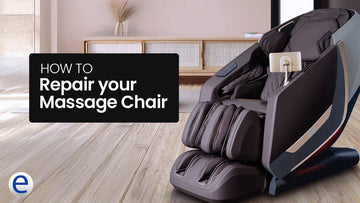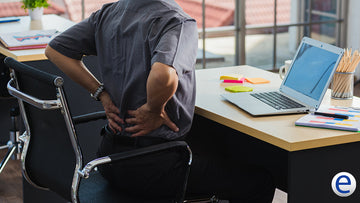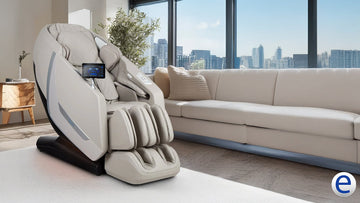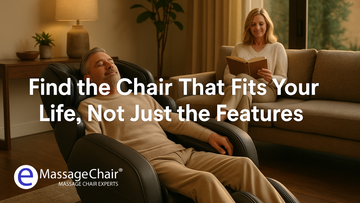After nearly two decades of testing and selling massage chairs, one question keeps coming up: “Why won’t my massage chair loosen up my hamstrings?” Even with today’s advanced AI body scanning and 4D/5D rollers, hamstring relief remains one of the hardest areas for massage chairs to reach effectively. Here’s why—and what to do instead.
Meet the Hamstrings: What They Actually Do
Your hamstrings are three large muscles running down the back of your thighs. They control how you walk, bend your knees, and stabilize your hips. When tight, you’ll often feel it as low-back strain, hip stiffness, or reduced flexibility. In nearly every case of lower-back discomfort I’ve seen, tight hamstrings are part of the problem.
Why Most Massage Chairs Fall Short on Hamstring Relief
1) Roller Track Limitations
- S-Track: Follows your spine’s curve but stops near the tailbone.
- L/SL-Track: Extends under the seat to reach the glutes and top of the hamstrings.
Even the longest tracks rarely reach the middle of the hamstring—the area that usually needs the most work. So, true hamstring massage simply doesn’t happen.
2) The Pressure (Physics) Problem
When you recline, your legs rest on the ottoman. Without your body weight pressing your hamstrings into the rollers, there’s not enough downward force to create real pressure. That’s why so many users think, “That felt nice, but my hamstrings are still tight.”
What Actually Works for Tight Hamstrings
✅ Massage Guns
Massage guns deliver targeted percussive therapy that can reduce soreness and improve recovery. Research from Harvard Health shows they can help improve circulation and muscle relaxation, especially post-workout.
✅ Foam Rolling
Slow, consistent rolling for 30–60 seconds per leg improves flexibility and decreases tightness. It’s simple but very effective.
✅ Targeted Stretching
Stretching keeps muscles long and healthy. Try seated or standing forward folds, or use a yoga strap for gentle, progressive stretching.
My Proven Combo
I use my massage chair daily for my back, glutes, and calves—then pair it with foam rolling, a massage gun on the hamstrings, and light stretching. That combination consistently delivers the deepest relief.
Important Safety Tip
If you’ve pulled or strained a hamstring, avoid massaging it for the first 72 hours. Rest and ice the area first, then introduce gentle massage and stretching afterward. Working it too soon can increase inflammation or delay recovery.
The Takeaway
Massage chairs are fantastic for your back, neck, glutes, calves, and feet—but even high-end models have limits when it comes to the hamstrings. The best strategy is to combine your chair with foam rolling, massage guns, and stretching for full-body results.
Next steps: Explore our Massage Chair Buyer’s Guide, browse top-rated chairs with strong stretch programs, or talk to an expert for personalized recommendations.
Frequently Asked Questions
Need expert help? Get a custom recommendation based on your height, comfort goals, and budget—talk to our team today.





